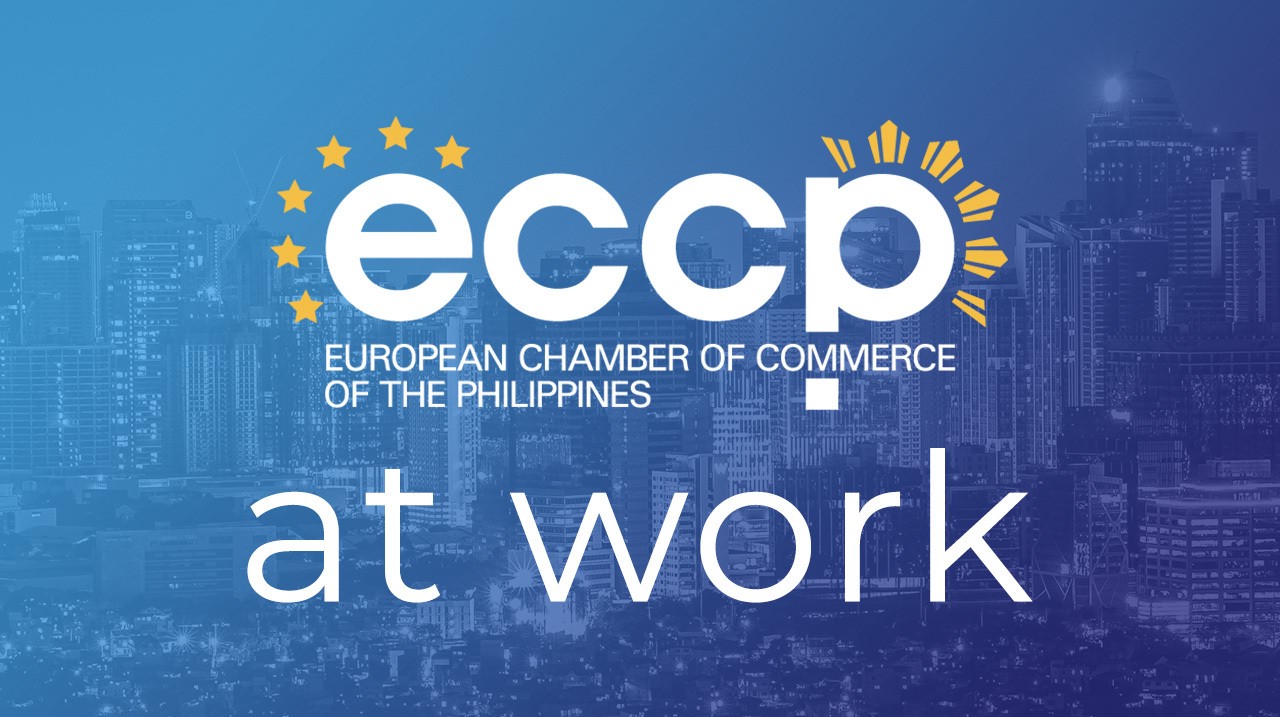
Marcos says macroeconomic fundamentals, enabling policies make PHL a leading investment hub
During his speech at the Asia Society in New York, President Ferdinand Marcos Jr noted that the Philippine economy expanded by 5.7 percent last year and 7.8 percent in the first half of this year, which he attributed not only to government spending but also to household consumption and investments, reinforced by consumer and business confidence. In addition, he also pointed out the enabling policies and investor-friendly laws that seek to “leverage game-changing reforms”; and strong human capital.
Gov’t banking on digitalization to attain PH growth goals
The government hopes that digitalization efforts will be able to address the challenges brought upon by the pandemic and reach its economic growth goals. According to Arsenio Balisacan (Economic Planning Secretary), adopting digital technologies across the government system would be crucial in the latest iteration of the Philippine Development Plan (PDP) that is being crafted to cover the years 2023 to 2028, coinciding with the term of President Marcos. The growth target for the next six years is faster than the 2022 goal of 6.5 to 7.5 percent growth in gross domestic product.
OCTA: NCR exceeds COVID-19 peak in August; indicators increase
According to the independent analytics group OCTA Research, COVID-19 cases in the National Capital Region (NCR) on Sunday reached 1,600, exceeding last month’s peak. The region’s one-week growth rate increased to 25% on Sept. 25, from 13% on Sept. 18. In addition to this, NCR’s reproduction number -- or the number of people who can catch the virus from an infected person -- also rose to 1.30 as recorded on Sept. 22, from 1.21 on Sept. 15.
IMF cuts Philippine growth estimate
According to the International Monetary Fund, Philippine expansion to slow this year as rising interest rates cloud the global economic outlook. In a news briefing, IMF Mission Chief for the Philippines Cheng Hoon Lim stated that the outlook remained clouded by uncertainties caused by the slowdown in major economies such as the United States and China and tightening monetary policy to temper inflation.
World Bank raises growth forecast for PH economy
According to Aaditya Mattoo, World Bank EAP Chief Economist, in a press conference, that in the Philippines they observed not only a recovery in both public and private investments, but also a combination of higher domestic demand, improving export earnings, and also some revival of tourism. In addition to this, the World Bank revised upward its 2022 growth forecast for the Philippine economy to 6.3 percent from 5.7 percent in April, mainly due to a strong rebound in private-sector consumption/spending and despite concerns of growth deceleration across East Asia and the Pacific (EAP).
PH sea level rising 3 times faster than the world average, says expert.
Based on a report done by PAGASA, the sea-level rise of the Philippines is rising three times faster compared to the global average. Back in April, Dr. Marcelino Villafuerte (PAGASA Climate Scientist) said that the sea level in the Philippine Sea had risen by about 12 centimeters, or about 5 inches, over the past two decades. Possible outcomes, according to Rosaline de Guzman (Chief of the state weather bureau’s climate data section), that while typhoons hitting the country are becoming fewer, those that do make landfall are becoming stronger and a bit more frequent.
Economists expect less optimistic macroeconomic goals
Economists from First Metro Investment Corp. (FMIC) and the University of Asia and the Pacific (UA&P) said they expect the Philippine economy to grow by 6.5% this year, which is at the lower end of the government’s 6.5-7.5% target. According to Socioeconomic Planning Undersecretary Rosemarie G. Edillon, “the Development Budget Coordination Committee (DBCC) might revisit macroeconomic assumptions in December." Increase in remittances for Filipinos overseas during the Christmas holidays could boost the peso. However, that might not be enough to offset the Fed’s hawkish stance.
Philippine investments in health among most restrictive in Asia Pacific
According to the United Nations Economic and Social Commission for Asia and the Pacific (ESCAP), the region is one of the most restrictive areas for foreign direct investments (FDI) in the health sector, citing surveys undertaken by the United Nations Conference on Trade and Development last year. These restrictions are often in the form of conditional entry requirements. While there are conditions for entry of foreign investments in the Philippines, investors in healthcare and wellness services investors could enjoy the government's fiscal and non-fiscal incentives.
Typhoon Karding slightly weakens while moving away from Luzon
Karding’s maximum sustained winds decreased from 140 kilometers per hour to 130 km/h, said the Philippine Atmospheric, Geophysical, and Astronomical Services Administration (PAGASA) in a briefing past 11 am on Monday. Its gustiness went down from 170 km/h to 160 km/h. It is heading toward Vietnam and will leave the Philippine Area of Responsibility (PAR) on Monday evening.
Luzon, Metro Manila bear brunt of Karding’s impact
Super Typhoon Karding (international name: Noru) barreled through the heavily populated main island of Luzon on Sunday, stranding thousands of people, canceling dozens of international and domestic flights, and putting more than a million hectares of farmlands planted to rice and corn at risk. In addition to this, the Local disaster management units and local government units (LGUs) in the capital region and northern provinces were put on high alert as they prepared for Karding’s impact. According to Pagasa, expect at least 20 typhoons to enter the country every year.